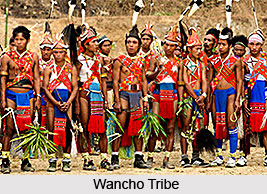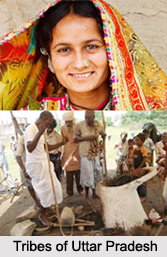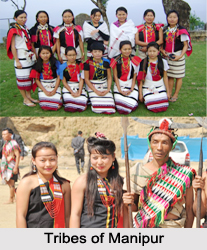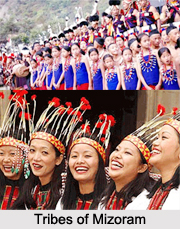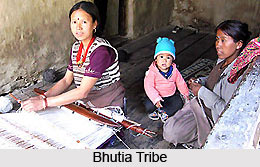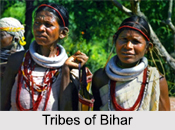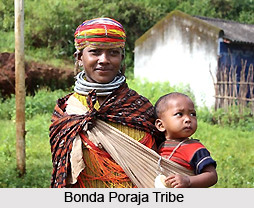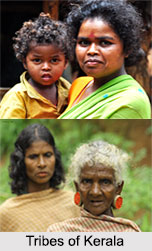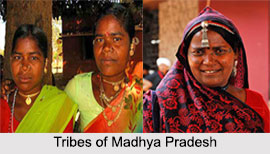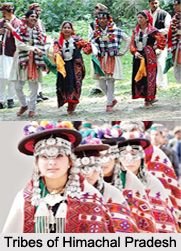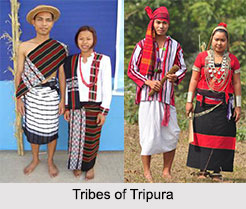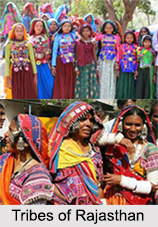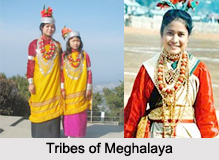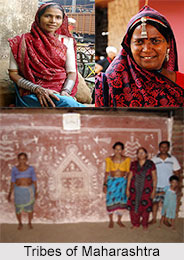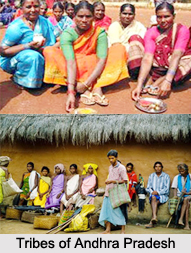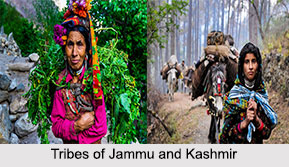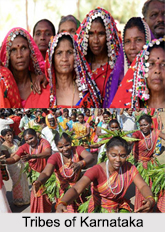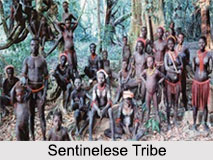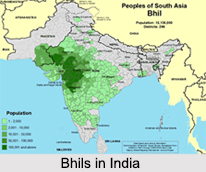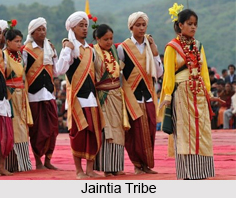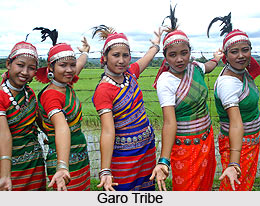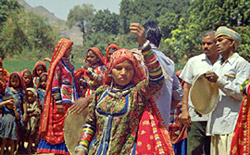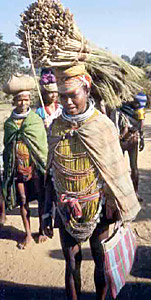 Bonda Poraja tribes are the scheduled castes. In the southwestern provinces of Orissa, these Bonda Poraja tribes reside in every nook and corner of the region especially in the rugged and mountainous region of Malkangiri district. This Bonda Poraja tribal community is a primitive tribe of the country with a population of near about five thousand. The Bonda Poraja tribes are also identified by the names of Remo, Bhonda, Bondo. Remo means `people` in the Bonda language. In fact, these Bonda Poraja speak with each other in a language which falls in to Munda group of the broad language family of Austro-Asiatic group.
Bonda Poraja tribes are the scheduled castes. In the southwestern provinces of Orissa, these Bonda Poraja tribes reside in every nook and corner of the region especially in the rugged and mountainous region of Malkangiri district. This Bonda Poraja tribal community is a primitive tribe of the country with a population of near about five thousand. The Bonda Poraja tribes are also identified by the names of Remo, Bhonda, Bondo. Remo means `people` in the Bonda language. In fact, these Bonda Poraja speak with each other in a language which falls in to Munda group of the broad language family of Austro-Asiatic group.
Though the history of their origin is still not known, but as per some of the anthropologists and scholars, the Bonda Porajas are the descendants of Austro-Asiatic tribes who were the inhabitants of wild Jeypore hills. Though they are one of the most primitive tribes of India, they have kept their way of living life unchanged till date.
These Bonda Poraja tribes have unique style of dressing which emphasized the rich heritage of their culture and ethnicity. The Bonda Poraja tribes are in general `semi-clothed`. Moreover, ornaments play a great role in the attire if the Bonda tribes. Bonda Poraja tribes wear broad silver necklace bands, which also embellish their beauty to a great extent. The people of this tribal community prefer to apply castor oil in their head. Some of the people of this community are adept in creating artworks like many of the tribal women create beautiful warli paintings. The Bonda Poraja tribes are agrarian people and sometimes they are also involved in Podu cultivation. Even the ladies help the men in cultivation.
What is really interesting about these Bonda Poraja tribes is that they have retained their originality with undergoing a little more change in the cultural aspects. The reason is that due to their isolation and known aggression, these Bonda Poraja tribes have been able to conserve their heritage regardless of the forces of a booming population explosion.
Another reason behind drawing the attention of almost all the anthropologists of Indian country is that these Bonda tribes is among few tribes of India who till date follow the `binnimoy protha`, signifying the give-and-take policies. Each and every Sundays, these Bonda Poraja tribes frequent the local markets to carry on these activities. There is a custom prevalent in this tribal community that the bride has to be older than the groom.
The Bondas celebrate different fests and festivals with great merriment. Among these festivals, `Patkhanda Yatra` is worth mentioning because of the importance of this festival in the lives of the tribal community.
